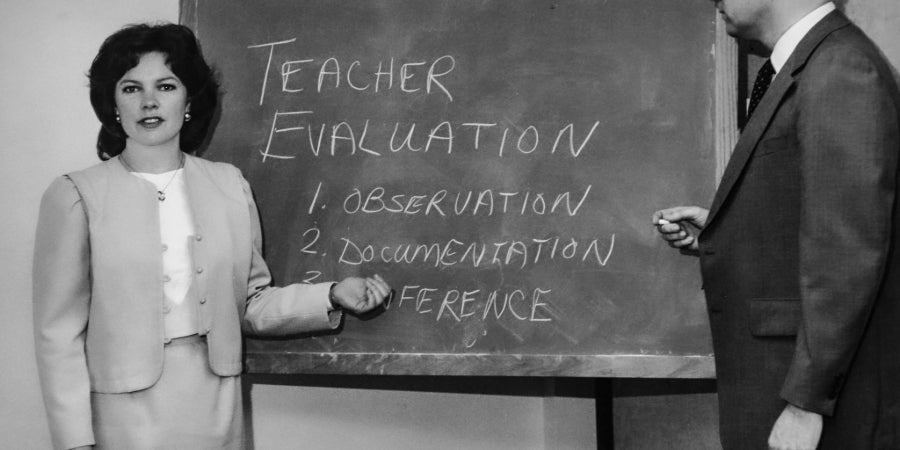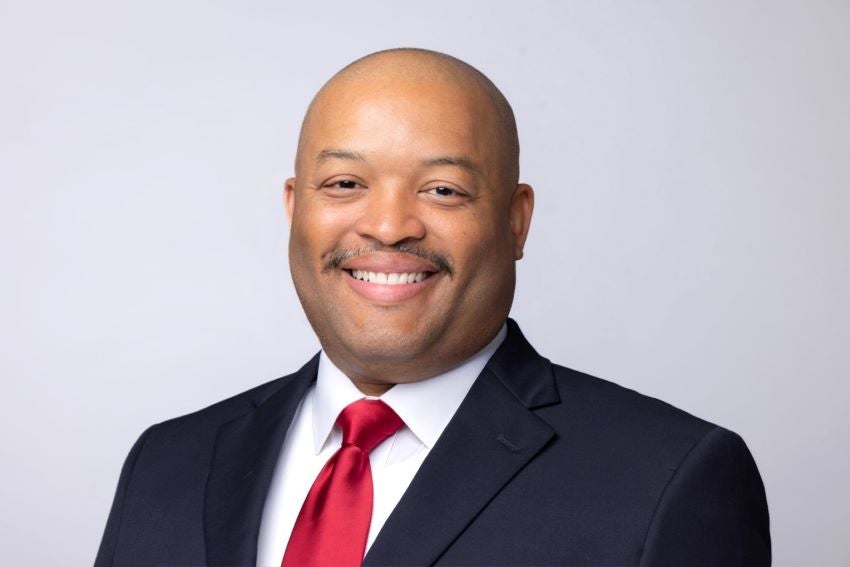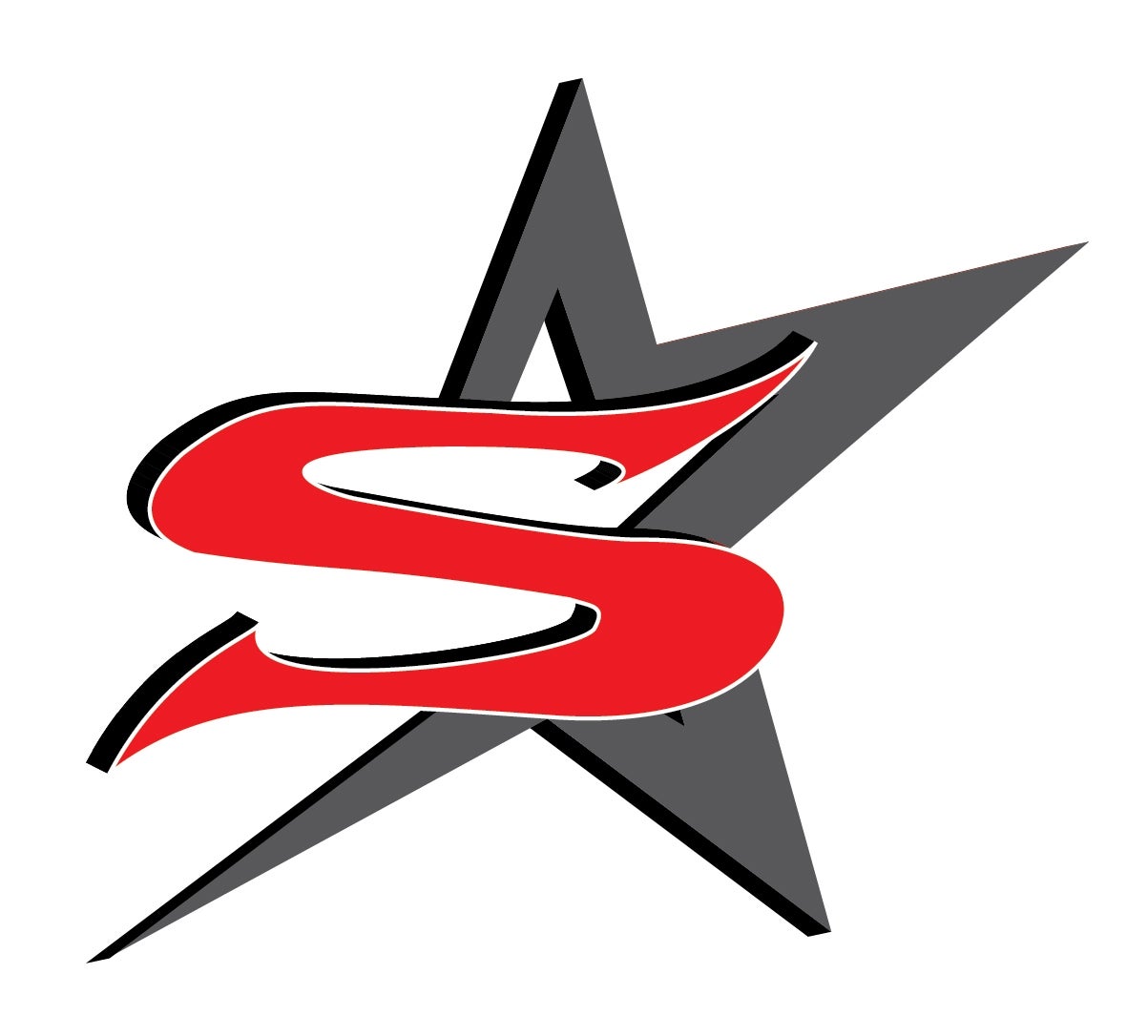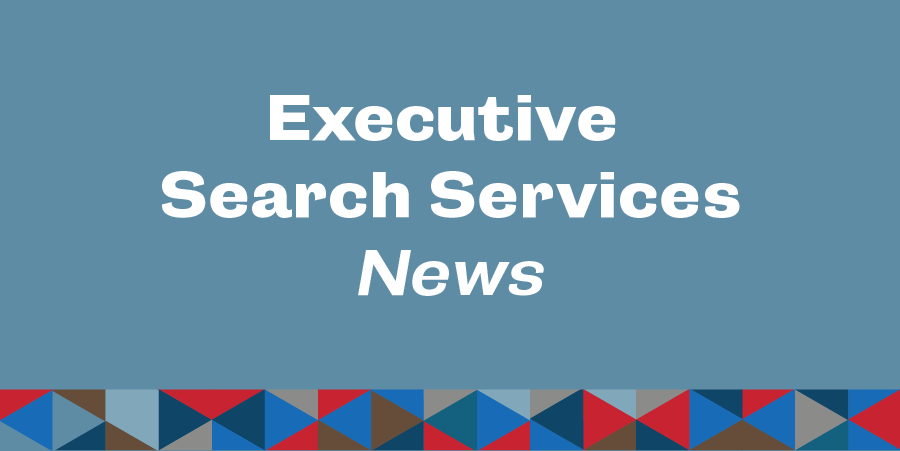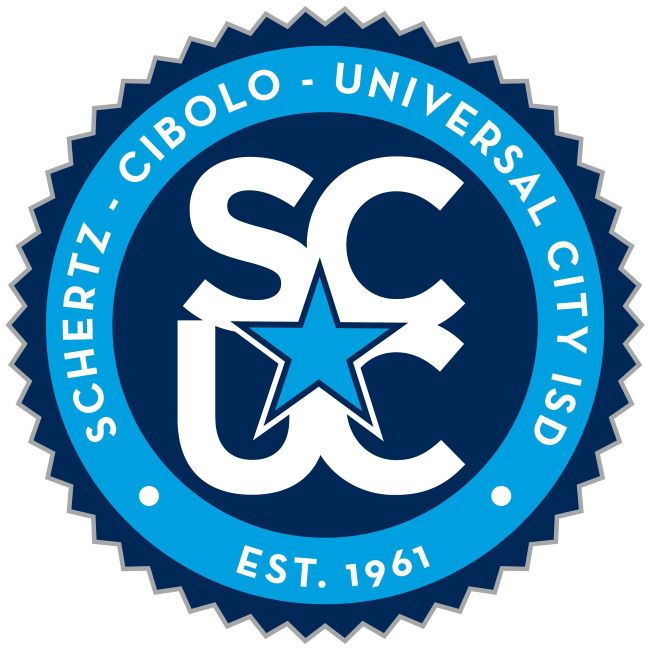HR Services 40th Anniversary
In 1984, changes mandated by House Bill 72 impacted many aspects of public school operations, including human resources. New state and federal regulations left schools scrambling to comply. TASB met this challenge with the creation of a new service.
“The idea started with the TASB president in 1984,” recalls Cindy Clegg, the inaugural director of HR Services. “His name was John Quisenberry from the Ector County School Board. He was the vice president of human resources for Sun Oil Company out in West Texas. So, he knew what human resources could be and should be.”
Forty years later, HR Services is a respected and reliable HR resource for educational entities across the state. Texas Lone Star talked to Clegg and Amy Campbell, current division director of HR Services, about the success and growth of the service throughout the years.
Q: Since the inception of HR Services, there have only been two division directors. How did each of you come to the role?
Clegg: I started at TASB in 1982. I was working for someone who did policy help on teacher union policy. My background is not education. I never was a teacher. My background is human resources from a business standpoint.
The governor had formed a select commission on educational quality to respond to A Nation at Risk [1983 report from the National Commission on Excellence in Education], and I did some testimony for that committee. I had come to the TASB executive director’s attention through that work, and he basically offered me this startup program on a trial basis for a year. He said: “We’re not going to fund another program. We will put up enough money for you and a secretary, but you have to make it self-supporting in a year.” And that’s why we started as a subscription service. It was basically me and a secretary the first year.
Campbell: I had met Cindy briefly before I came to TASB because I was in a district and had come for training. I was just thoroughly impressed with HR Services, with what HR Services did for us as school district users. They thought about what we needed before we knew what we needed. I had gone for an advanced compensation training, and I didn't even know I needed to learn that, but it was super helpful. And I met Cindy and Mary Barrett [now associate executive director for TASB Risk Management Services], who was the assistant director at the time.
I came to work at TASB in 2012 as a senior compensation consultant for one year and an assistant director of HR Services for a few years. And then as Cindy eased her way into a fun-filled, relaxing retirement, we switched positions in 2016, where I became director, and she was a senior consultant on a part-time basis for a while. The beauty of that was that I had time to seek her guidance as a new director.
Cindy gave me some specific advice that I’ve remembered that I think has helped me be successful here. The first one was to not get too far away from consulting, because it’s easy in a leadership position to get farther away from the day-to-day work that goes on in your area. I’ve taken that to heart and still do consulting projects for districts, and I think it's made me a lot more aware of the needs of our members. I think it's also made me more aware of the needs of my team.
Another one was Cindy did a great job building relationships with professional organizations that are serving our same members. So, TASA, AASPA, TASPA, and TASBO — we have partnerships with all of them. She showed me that building those relationships is important because we’re serving the same members. We can look at serving them like a puzzle where there’s something that we can provide that they can’t, and something that they can provide that we can’t. And we can work together to make it efficient and cost effective for members.
Clegg: Amy enhanced this a lot working with TEA staff, because in the rulemaking, they often don’t have the expertise they need. They need input from us about what's going to work, what’s not going to work, and understanding what’s going on. So, she served on a bunch of things with them.
And it got to the point where TEA would call us. That was kind of unheard of before. They’d call us for advice, or “can we run this by you?” And that was very helpful.
Q: What services has this program provided over the years, and how have they evolved?
Clegg: That first year we wrote manuals, and we advertised the services. That first year was just writing. We wrote a teacher career ladder manual. We wrote several books. We had a newsletter we mailed out, and we kept them up to date on legislation. It was a frantic year, but it worked.
To give you an idea of how we operated, the first pay study I ever did myself was on a 10-key calculator. I was buried in that tape calculating every single secretary’s salary. Abilene was the first, because they had a forward-looking superintendent who was very interested in the ideas of changing how people got paid and introducing market concepts.
Campbell: My first pay study was Elgin! That’s how meaningful those are to us, that we remember all these years later.
Clegg: The first personnel management manual was a big three-ring binder. And then we mailed updates — this is page three, insert page four. It is really hard to believe.
And then there were the books. Fair Labor Standards Act was the first one. When that became applicable to schools, I think we had maybe a year’s notice in advance that this was going to be effective. We created The Administrator’s Guide to Fair Labor Standards Act. I was just a writer in the early days.
And then we used to have superintendent evaluations, before that split off into what is now Board Development Services, and we had a book on that, School Board’s Guide to Superintendent Evaluation. And then later, we had the leave book, The Administrator’s Guide to Leaves and Absences.
The salary survey started in 1984. That was the very first one. It was contracted out the first year, and then we took it over ourselves and just kept expanding it, adding more and more positions, stipends, benefits.
Campbell: We printed the survey results until about 2009, and then DataCentral, which is now HRDataSource, came online.
Campbell: We collect all the data ourselves now through a survey system. We just got a new report. We partnered with TEA to ask a whole new set of questions two years ago. Usually in the second year we’ll put a report online where members can see it. The first year, participants just get a PDF of the results. This one was about teacher turnover and staffing choices and things like that. The commissioner wanted that data, so TEA reached out to us and said, “How can we get it?”
Clegg: That’s the ultimate compliment.
When we were so paper-driven, you would go into an HR director’s office in a school district and at least one shelf of their bookshelf was nothing but our manuals.
Campbell: When I started in a school district in 2008, the entire credenza behind my desk was all salary survey books. I mean, it was years of salary survey books. And I did use them!
One of our biggest areas of growth is staffing reviews. Cindy saw a need and contracted out because we didn’t have an expert on staff. As more and more districts needed that help and as we had staff that were former HR leaders, we could do that in house. Back in 2013, we had roughly 10 staffing reviews. In 2023-24, we did 68 of them.
Q: What have been some of the biggest challenges over the last 40 years?
Clegg: The start-up years were very challenging. Regulations were coming at schools fast and furious from all sides. It went through this phase of being almost unregulated to having everything regulated. Helping districts sort through and understand all that and developing resources was just a churn. It all involved change. We were the facilitators of change and the explainers and messengers of change.
Campbell: Growth and change are the two biggest challenges that I had. Growth in that, as experienced HR staff are retiring and leaving, there is a lot of inexperienced staff coming in and they need help figuring everything out. So much has been placed on HR staff’s plates that they don’t have the time and resources to do all the stuff they may have done before. They call us to help, which is great.
Clegg: In the earlier days, with consulting and training, our audience was the smaller districts. So, in addition to just growing as a division, we started working with larger urban and suburban districts, and that is much more time-consuming.
Campbell: Change, for me, in the past few years has been one school-related crisis after another. HB 3 in 2019 meant required pay increases for everyone. Then the pandemic hit, and we spent all our time supporting districts through that. There have been federal law changes, and recently the current HB 3 with law enforcement requirements.
Clegg: The Family Medical Leave Act, when that came down, opened up a giant new area of consulting and support.
Campbell: That is still the number one topic we get questions on. There are over 20 different types of leave that employees are entitled to.
Q: Looking back, what are you proud of during your time as director of HR Services?
Clegg: Two things. One is the opportunity to introduce market-based pay concept. We facilitated pay improvements for the lowest paid employees. We raised the minimum wage in so many school districts. We could see tangible results in improving pay for the hourly workers and new teachers.
Campbell: I want to add a comment to that. I can’t tell you how many districts I’ve talked to that say, “We use the TASB compensation system.” I used to say that it’s just best practice in compensation in any industry. It’s not a TASB-copyrighted system. You [Cindy] built a legacy.
Clegg: I tried to fight that. I don’t want districts to think that is something we invented.
The other thing I’m proud of is earning the respect of big districts. Historically, they would hire private firms from big corporate consulting groups. By the time I left, Houston, Dallas, and Fort Worth were calling us. We were winning the bids because we had the reputation and respect. We went up on a competitive basis.
Campbell: I am proud of our support during the pandemic. Building guidance out of thin air that changed every single week. We would have webinars with thousands of people on them, and we were putting out new templates and forms and guidance. Over 180 articles about it in just a short year. It was exhausting, but we felt like no one else was doing that for districts.
I am proud of the continued growth and trying to keep up with all the needs of educational entities around the state, and that includes districts, community colleges, charter schools, and education service centers.
Clegg: That has grown tremendously since I left. We had just stuck our toe in with community colleges when I was there. I am very proud of leaving HR Services in Amy’s hands.
Q: Looking toward the future of HR Services, is there anything you wish you could have done or would still like to accomplish?
Clegg: What I really wish we could have done was help districts develop more differentiated pay for teachers based on their expertise and using teachers in more team leader and mentoring roles. That was always the dream, and I don’t think that has ever been realized.
Campbell: I was really energized, when Cindy was director, about creative ways to pay teachers and getting away from purely experience-based pay. In 2019, House Bill 3 passed, which implemented the Teacher Incentive Allotment. As much as we have supported districts as they have implemented that, I don’t think it fully accomplishes implementing more creative ways to pay teachers.
One of my goals moving forward is to grow our support for strategic compensation above and beyond TIA. That program is limited to statutory regulations, and there is more that districts can do to reward teachers in more creative ways.
Clegg: The big thing that was the impetus for starting HR Services was the teacher career ladder. The concept of career pathways in teaching, career pathways in the classroom connected to students, is just as valid today as it was in 1984.
Campbell: There is a need for support and education about health benefits plans. We partnered with the Teacher Retirement System of Texas recently and did a presentation with them at Summer Leadership Institute about insurance plans and ActiveCare that focused on creative ways districts can keep it affordable.
I would love to develop resources to help educate districts on the financial obligations of a health plan for the district and how to help employees choose the best plan for them. No one is providing an unbiased, third-party, objective, educational resource to districts on that topic. We are good at communicating, and I think that is a gap that we could fill in the future.
Photo: Cindy Clegg presents at a training for district HR staff in the 1980s. Photo courtesy of TASB archives
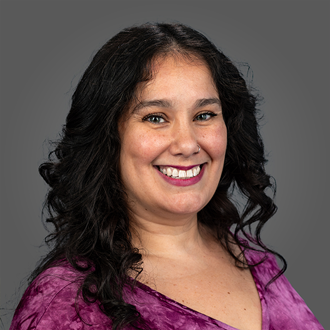
Sarah James
Sarah James joined HR Services in 2019. Prior to that, she worked at a Central Texas school district for 11 years. She is responsible for managing web content, HR Services articles, HRX newsletter, social media accounts, and marketing efforts.
James has a bachelor’s degree in communications from Concordia University Texas in Austin.
Email Sarah if you have a story idea for the HRX.
Beth Griesmer
Beth Griesmer is a senior communications specialist for TASB.

